Project/Slides/Presentation Transcript
Subject: Entrepreneurship
Topic: Venture Capital
WHAT IS VENTURE CAPITAL?
- Money provided by investors to start-up firms and small businesses with perceived long-term growth potential.
- It is a very important source of funding for start-ups that do not have access to capital markets.
- It typically entails high risk for the investor, but it has the potential for above-average returns. Most venture capital comes from a group of wealthy investors, investment banks and other financial institutions that pool such investments or partnerships.
- This form of raising capital is popular among new companies or ventures which cannot raise funds by issuing debt.
SLIDE 2
- In exchange for the high risk that venture capitalists assume by investing in smaller and less mature companies, they usually get significant control over company decisions, in addition to a significant portion of the company’s ownership.
- It is a way in which public and private actors can construct an institution that systematically creates networks for the new firms and industries, so that they can progress.
- This institution helps in identifying and combining pieces of companies, like finance, technical expertise, know-hows of marketing and business models.
THE NEED FOR VENTURE CAPITAL
- Venture capitalists provide the capital of investment for entrepreneurs and help them facilitate the start of the business.
- When there is an owner relation between the venture capital providers and receivers, their mutual interest for returns will increase the firms motivation to increase profits.
- Venture capitalists have invested in similar firms and projects before and, therefore, have more knowledge and experience which helps them decide what works and what does not, and how it works.
- Therefore, through venture capital involvement, a portfolio firm can initiate growth, identify problems, and find recipes to overcome them.
SLIDE 5 – STAGES OF VENTURE CAPITAL FINANCING
STAGES OF VENTURE CAPITAL FINANCING
- Early stage financing:
- Finance provided to companies that have completed development stage and require further funds to initiate commercial manufacturing and sales
- Also known as seed- funding, the term seed suggests that this is an early investment, meant to support the business until it can generate cash of its own, or until it is ready for further investments.
- Follow-on financing:
- A follow-on offering is an issuance of stock subsequent to the company’s initial public offering.
- A follow-on offering can be either of two types: dilutive and nondilutive. 3. The project must proved to be successful.
Stages of Venture capital financing (Contd.)
- Expansion financing:
- The finance provided to fund the expansion or growth of a company which is breaking even or trading at a small profit.
- The company must gained market share.
- Replacement financing:
- A later stage financing whereby finance is provided in lieu of existing equity shares to be sold at a later date when the company goes for listing.
- This is also known as money out deal.
Stages of Venture capital financing (Contd.)
- Turn-around financing:
- The process of moving from a period of losses or low profitability into a more profitable stage. 2. A turnaround may be triggered by a number of factors including a better use of assets or the development of new products and services.
- Mezzanine Finance:
- A hybrid of debt and equity financing that is typically used to finance the expansion of existing companies.
- Mezzanine financing is basically debt capital that gives the lender the rights to convert to an ownership or equity interest in the company if the loan is not paid back in time and in full
Process of evaluation
- Fundamental Analysis:
- History-History of the company, date of incorporation, summary of progress
- Management-Quality, experience, strategy & motivation of management, directors, shareholders.
- Products-Description of company‟s product & services
- Markets-Size nature of business, location, potential competition, USPs
- Manufacturing-Technology used, source of supply, manufacturing capacity
- Risks-Objective analysis of fundamental risks and management‟s plan to cope with the same.
Process of evaluation (Contd.)
- Financial Analysis:
- Earnings growth potential
- Sensitivity of earnings to sales and margins
- Likely time lag between investment and returns
- Likely impact on cash flows
- Expected value of the company at the notional time of divestment
- Financial risks and management‟s plan to cope with these. III. Portfolio Analysis:
- Size of investment-Amount of money per investment.
- Stage of development- Some investment in start upstage, Some in development stage, Some in maturity stage.
- Geographic location -International diversity should be with a local fund.
- Industry sectors- Diversify portfolio in order to off set problematic or slow growth investment.
BRIDGE FINANCING
- Bridge financing is designed to cover expenses associated with the IPO and is typically short-term in nature. Once the IPO is complete, the cash raised from the offering will immediately payoff the loan liability.
- These funds are usually supplied by the investment bank underwriting the new issue. As payment, the company acquiring the bridge financing will give a number of shares to the underwriters, at a discount of the issue price that equally offsets the loan.
- Bridging finance is a short-term loan that allows the borrower a period to time, before refinancing the loan. That is, it provides a „bridge‟ for the borrower.
TYPES OF BRIDGE FINANCING
- Closed bridge:
- It refers to a bridging loan where there is a predefined and certain exit that the borrower has in place to repay the bridging loan, before the actual bridging loan is taken out by the borrower. 2. It is less risky for the lender and thus the interest rate charged are lower.
- Open bridge:
- It refers to a bridging loan whether the borrower does not have a certain exit in place. In this the exit strategy is not certain.
- Open bridging is higher risk for the lender.
MANAGEMENT BUY -OUT
- A management buyout (MBO) is a form of acquisition where a company’s existing managers acquire a large part or all of the company from either the parent company or from the private owners.
- In most cases, the management will buy out all the outstanding shareholders and then take the company private because it feels it has the expertise to grow the business better if it controls the ownership. Quite often, management will team up with a venture capitalist to acquire the business because it’s a complicated process that requires significant capital.
SLIDE 14 – Styles of Nurturing
INVESTMENT NURTURING
- Investment Nurturing is a process by which venture capital companies continue to involve themselves in the operations of concerns assisted by them.
- The main elements of nurturing are as follows: Provision of continuing guidance and support to optimize the benefits of investment to both the venture capital companies and the units concerned. Building a joint relationship to tackle operational and other problems of business. Protection of the investment interest of the venture capitalist.
METHODS OF NURTURING
- The extent of participation by the venture capital companies in the affairs of the assisted units constitutes the style of nurturing.
- The style depends upon a variety of factors :-
- The specialization of the venture capital company
- The stage of investment.
- Financing plan.
- The stage of development of the venture capital industry.
The different styles of nurturing are:-
- Hands-On
- Hands-Off
- Hands-Holdinng
HANDS -ON- NURTURING
- “Hands-on-Nurturing” is basically continuous and constant involvement in the operation of the investee company by way of representation on the board of director.
- Venture capital company provides guidance on long term business planning, technology development, financial planning, marketing strategy etc.
- This style is essential in early stage of the project.
- The nurturing is provided either by in-house-expertise or by a core group of external advisor in specific area.
HANDS-OFF-NURTURING
- In this style the venture capitalist do not normally actively participate in formulating strategies / policy matters , in spite of the right to do so.
- Here the venture capitalist do not appoint nominee directors.
- This style is appropriate in case of Syndicated /Joint/Consortium venture financing.
- It may be appropriate after the initial plan of the venture is over, and the business is running smoothly.
HANDS HOLDING NURTURING
- In this particular style, the venture capital companies take part in the management of the venture only when approached by the units. • Venture capitalist provide either in-house assistance or arrange assistance, from outside expert.
SLIDE 20 – METHODS OF EXIT
Exit Mechanism
- Every venture capital investment is usually liquidated after accomplishment of the purpose of the venture investment.
- The time of exit is decided in advance at the time of financing the venture companies.
- The methods of exit are as follows: IPO method Sale of shares method Puts and Calls method Trade sales Liquidation
IPO METHOD
- It is also known as going public or flotation method.
- It is the most popular exit route.
- The major benefit of this method: It facilitates liquidity of investment through listing on stock exchange. It commands higher price of securities as compared to private placement. It creates better image & credibility with the public, managers, customers and financial institution.
- The major drawback of this method is: Higher issue cost, increased accountability to shareholders, etc.
SALE OF SHARES METHOD
- Under this method ,sale of shares is undertaken by the venture capitalists to entrepreneurs who have promoted the ventures.
- The entrepreneurs, through employees, can also acquire shares by forming an employee stockownership trust.
- The sources of the trust include contribution by the employees/company and borrowings from financial institutions and banks.
PUTS AND CALLS METHOD
- For this purpose, venture capital companies enter in to a formal exit agreement with the entrepreneurs at a price based on a predetermined formula.
- The put option is the right to sell, while the call option is the right of the entrepreneurs to buy.
- The puts and call values are determined as follows:
1.Book value method (Book value of Net Assets)
2.P/E Ratio (EPS*P/E Ratio)
3.Percentage of sales method (Modified P/E)
4.Multiplier cash flow method (Cash flow*Industry multiplier)
5.Independent valuation (Out side expert)
6.Agreed Price (Price agreed at the time of financing)
Trade sale
- Under this method ,the entire investee company is sold to another company at an agreed price. • This takes place through management buy-in or management buyout.
- MBOs is the acquisition of a company(or the shares in that company) from the existing owners by a team of existing management /employees.
- Management buy-in involves bringing in a management team comprising of outsiders, who are strangers to the company, as opposed to a buy- out, where they are part of the existing team.
LIQUIDATION
- The exit takes place in an involuntary manner.
- This usually happens under circumstances where the assisted unit makes an utter failure to take off due to stiff competition, technology failure/obsolescence of technology, poor management and so on.
SLIDE 27 – Venture Capital Industry in India
The Venture Capital Industry in India
- The story of Indian Venture Capital Investments began in 1999 the then finance minister of India announced that “for boosting high-tech sectors and supporting first generation entrepreneurs, there is an acute need for higher investment in venture capital activities.”
- The government of India Appointed SEBI as the regulator of the Venture Capital Industry In India, the Government of India constituted a SEBI committee headed by K. B. Chandrasekhar to make recommendations to facilitate the growth of VC industry in India.
- SEBI became a regulator for VC‟s to provide a smooth, single window, problemfree regulatory framework for quick and efficient flow of money into VC funds in India.
- By 2009 about 300 VC Funds were Active in India, The VC industry has shown a steep upward curve from investments of about USD 0.5 billion (56 deals) in 2003 to USD 14 billion (439 deals) in 2007. In the year 2008, there was a decline to about USD 11 billion (382 deals).
- Unlike in the early stages of the industry‟s growth (in 2000) when the investments were largely in the IT sector India saw investment in all forms of sectors by 2009 such as infrastructure, media, Real Estate etc.
- As you can see Venture Capital seems to continuously increase and stood at record highs with 56,868 cr by 2011. This was 18.8 per cent higher than the cumulative investment of Rs.47,859 cr up till December 31, 2010, according to the latest SEBI data.
- However within the current year the Investor sentiment seems to dampen due to over regulation, policy paralysis, inflation and the liquidity crunch in the market
- The IPO markets, Equity Markets all seem to give less than expected return, IPO markets are close to non existent this current year. However investments still enter the country with a faith in the India Growth Story.
SEQUOIA CAPITAL
- Sequoia Capital in India has invested in more than fifty companies during the past decade catering to the founders, families and management who have selected them as their business partners.
- Invested Capital – 1 Billion Dollars
- Claim to Fame – Has delivered more than 5 investments with 5x returns
- Obvious wins – Manappuram Finance, Paras Pharma, Cafe Coffee Day
- Investment philosophy – $500,000 to $40 million an investment with a minority stake
- Recently the team has gone for re-structuring because of the poor economy, dead IPO Market and fall in equity markets thus their investments have not grown in value and returns have not increased.
CAFE COFFEE DAY
- Success Level of sequoia with Café Coffee day has been great because as an investment sequoia understood the western culture entering India, they Understood the rising aspirational and lifestyle demands of the average Indian.
- Café Coffee Day has given sequoia an IRR rate of 18 – 20 percent.
- They invested 20 million dollars in CCD in 2006 and are exiting with 50 – 60 million Dollars in June 2012.
- It opened with one outlet in 1996 in Bangalore and approx 700 in 2006 which rose to 1253 in 2012
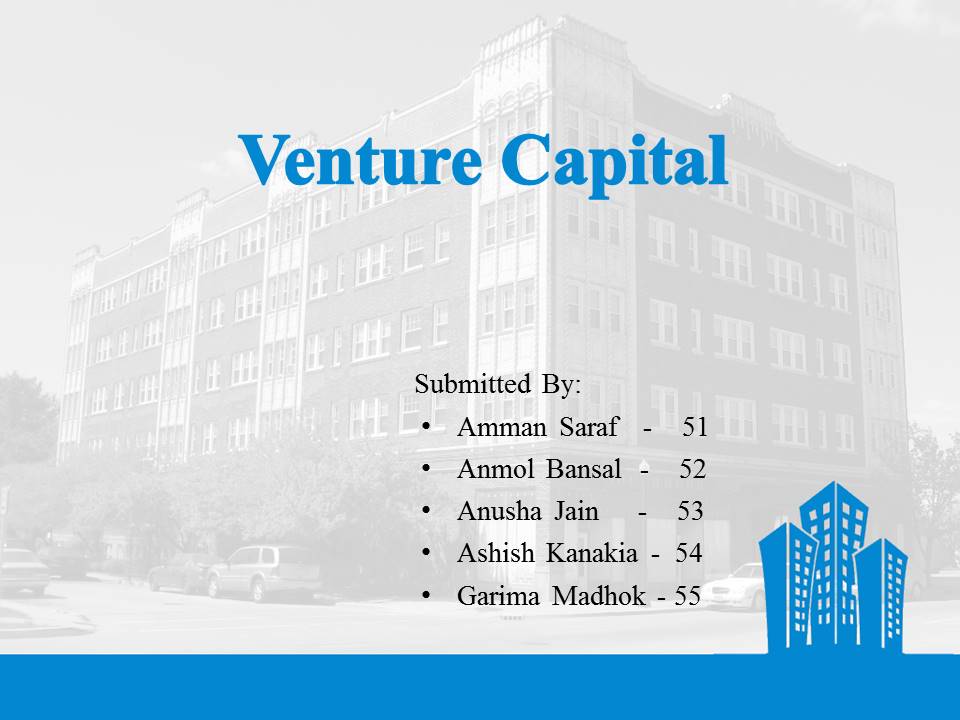
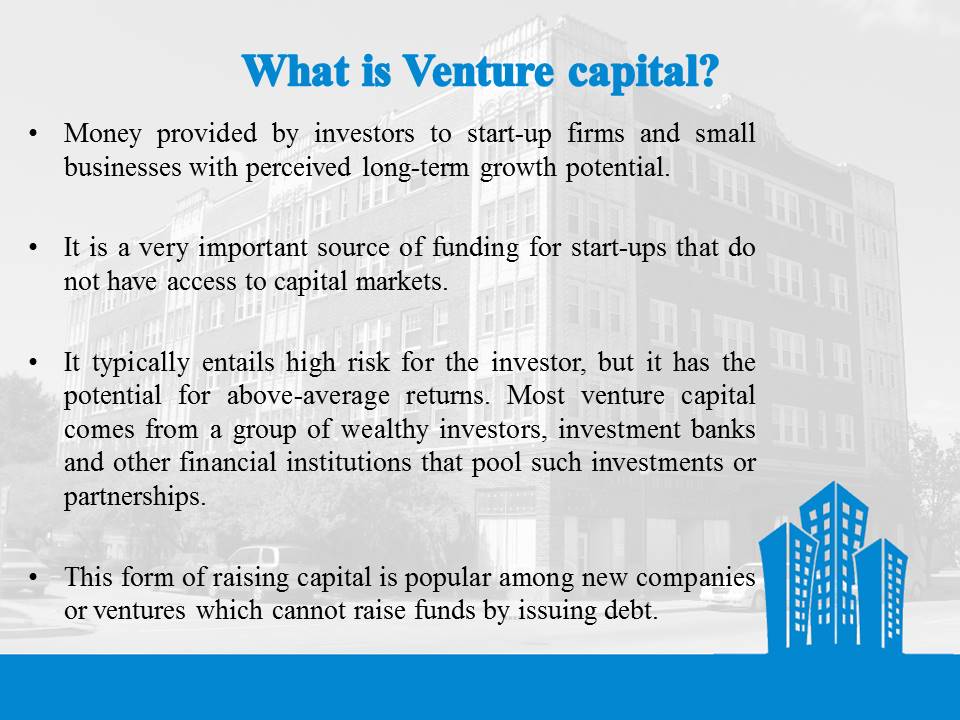
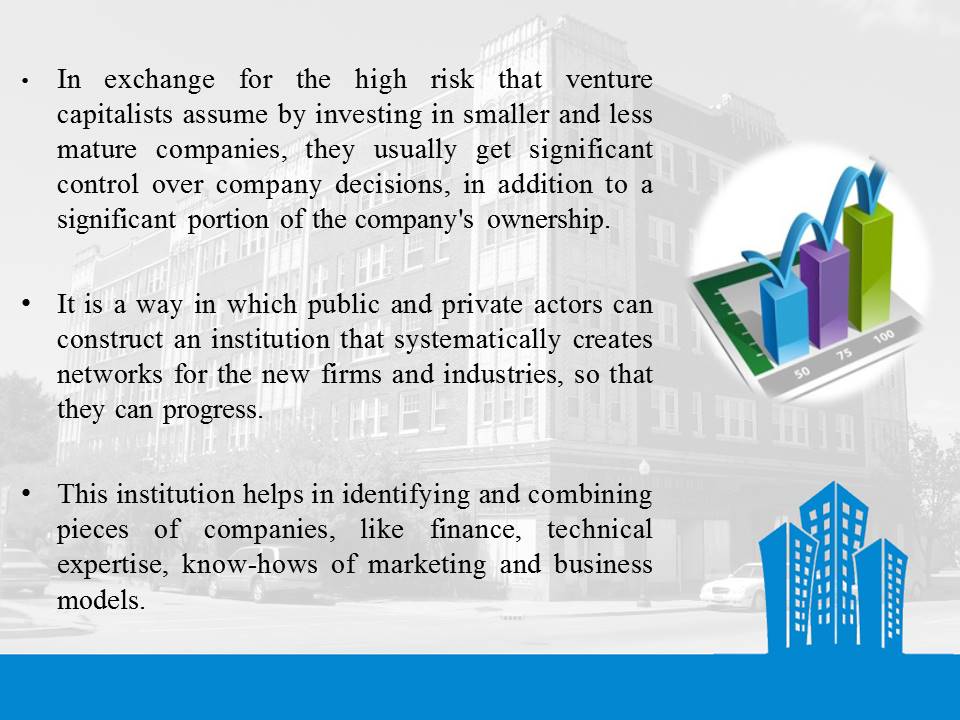
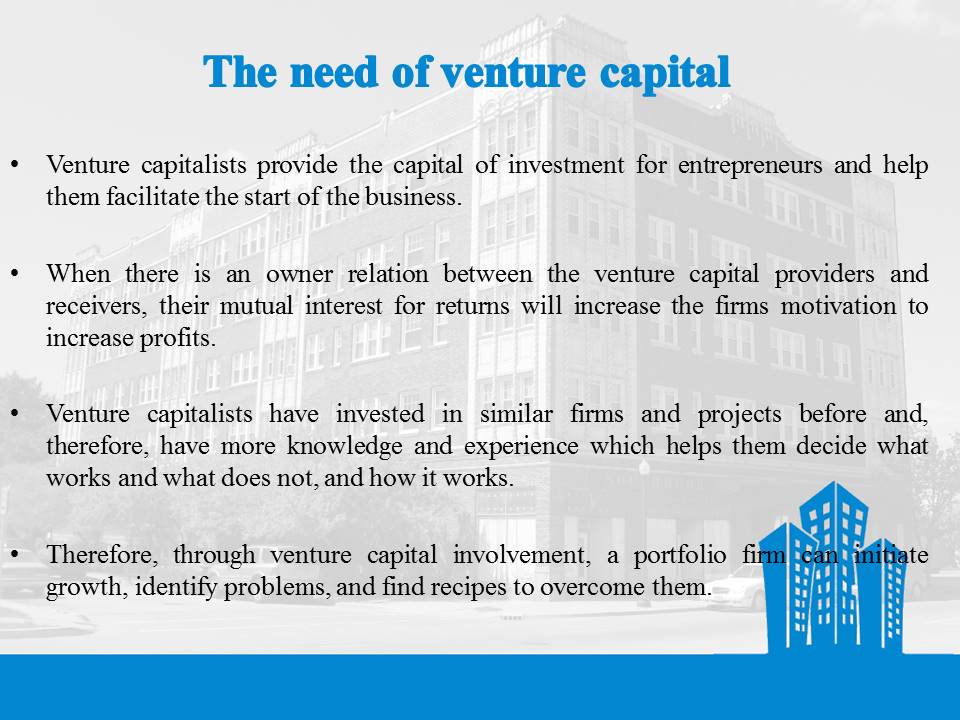
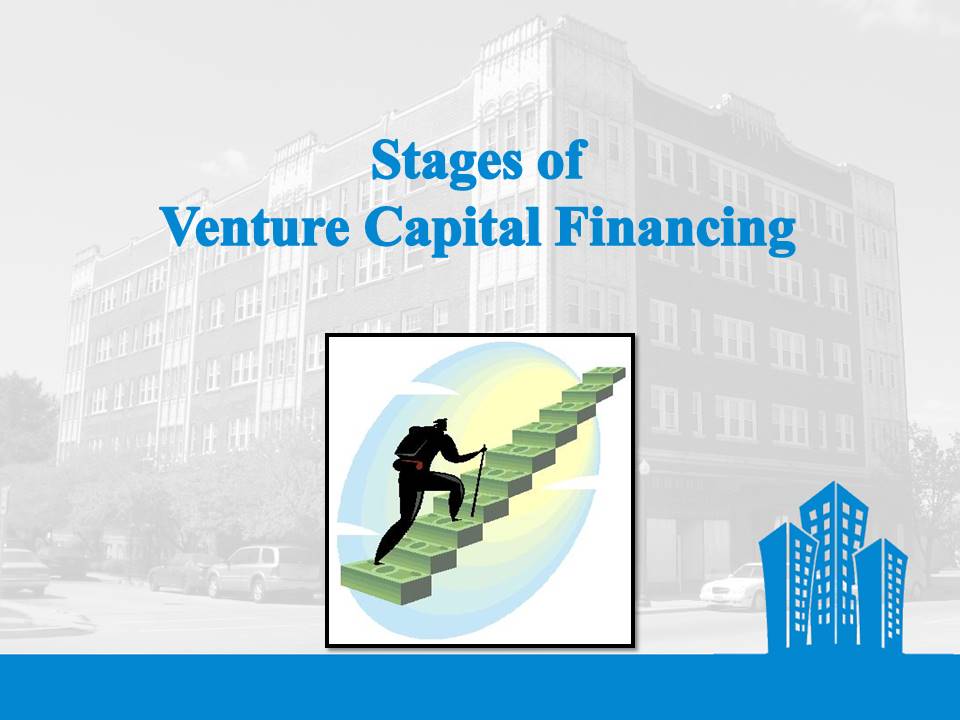




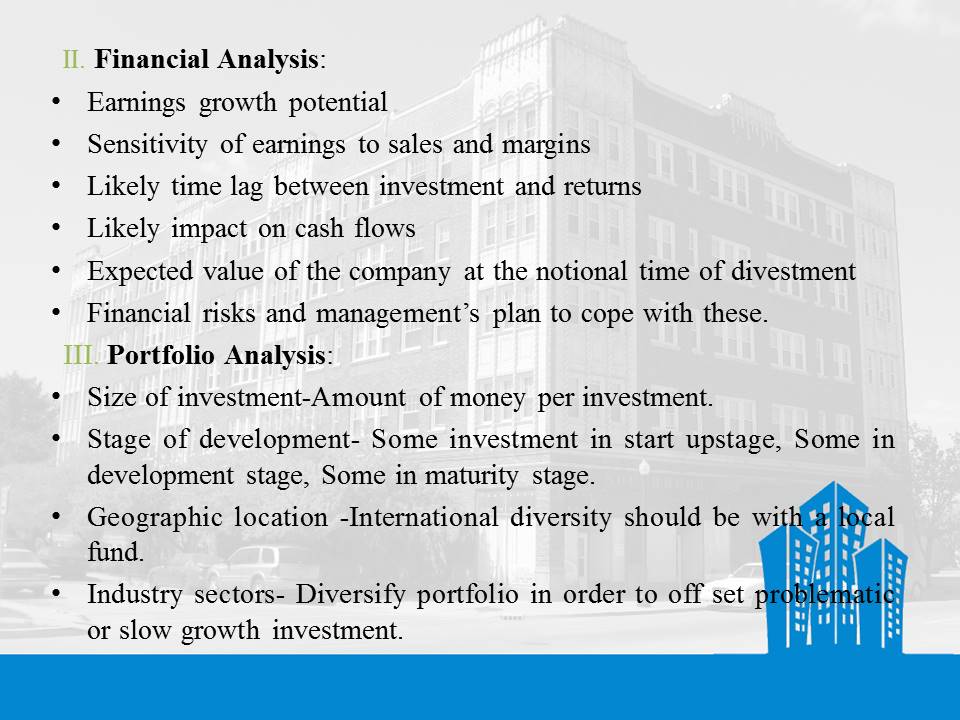
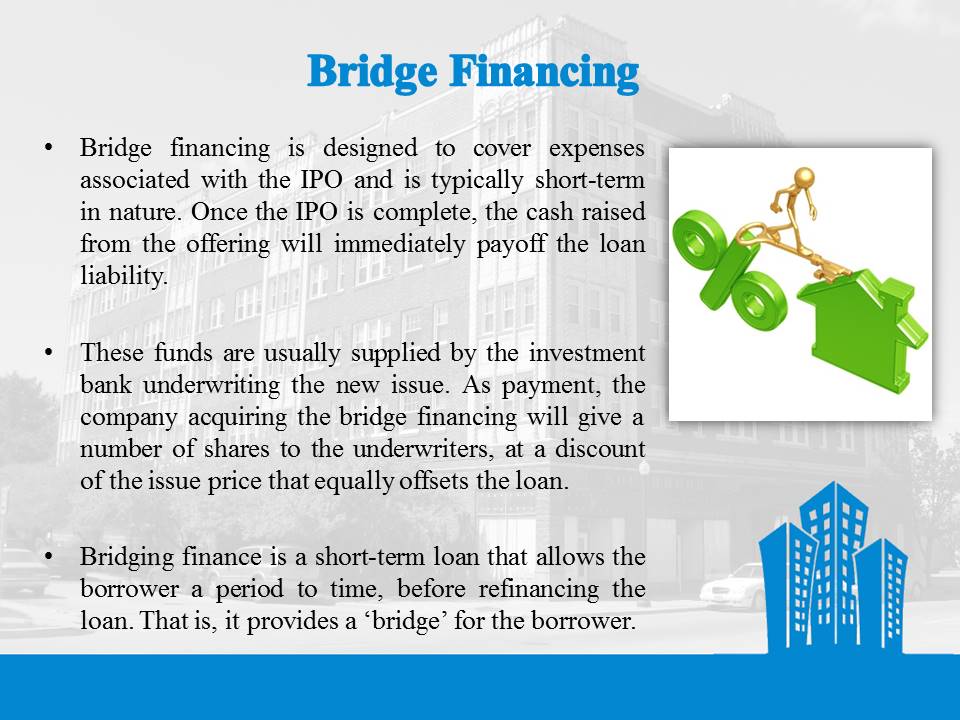

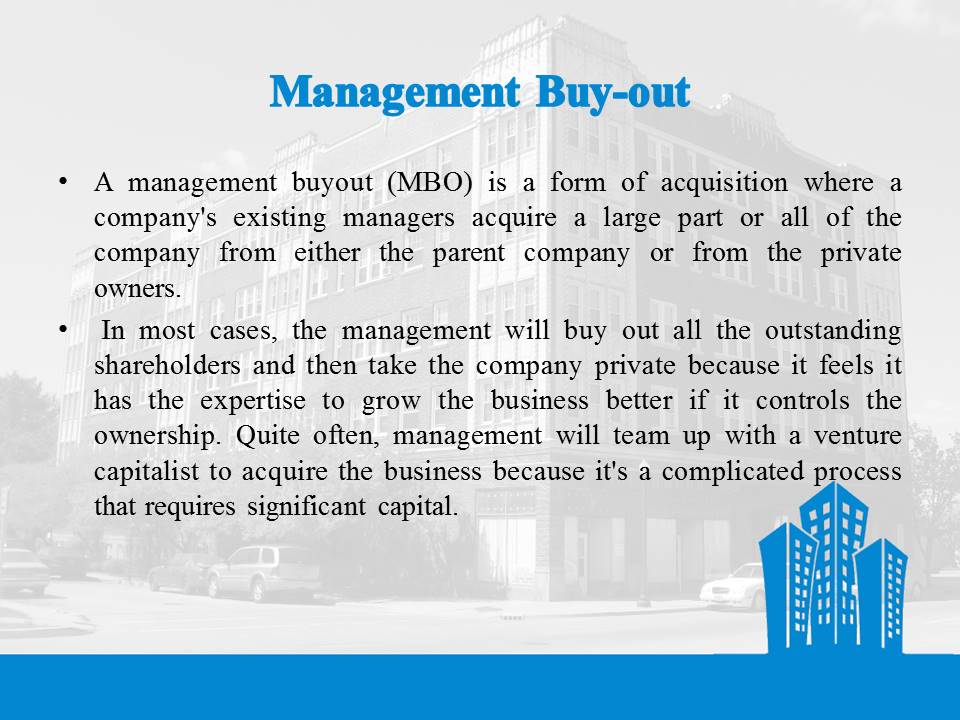

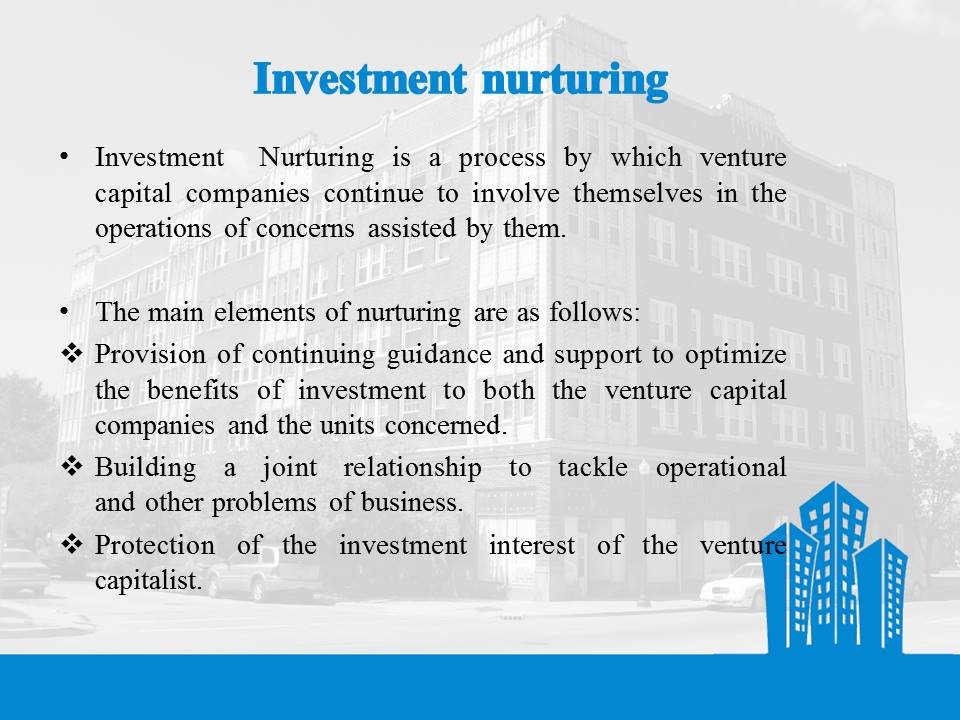
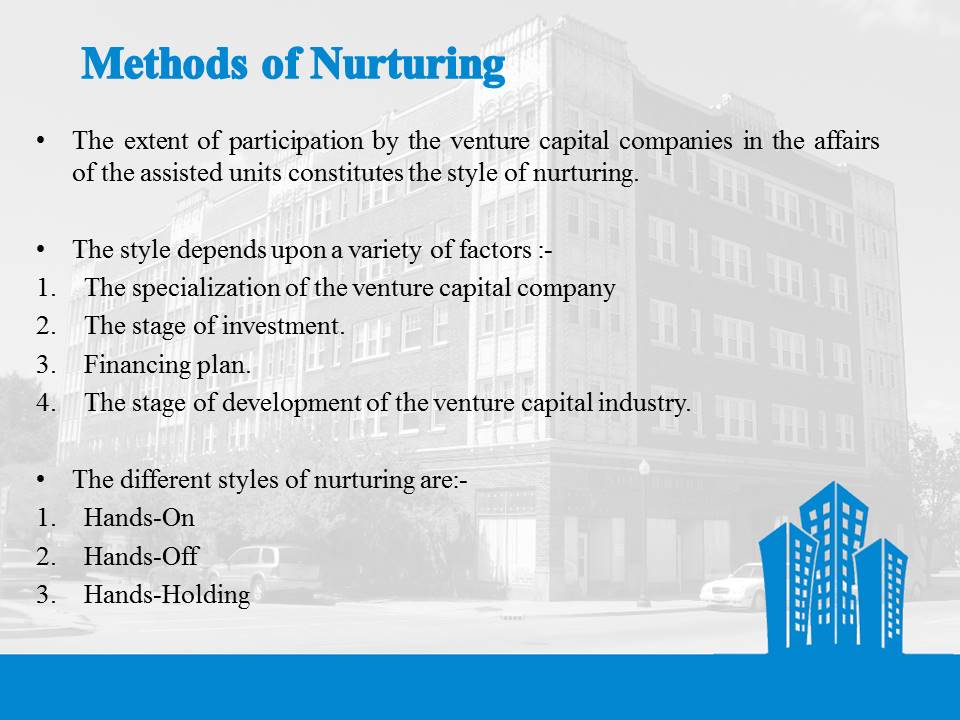
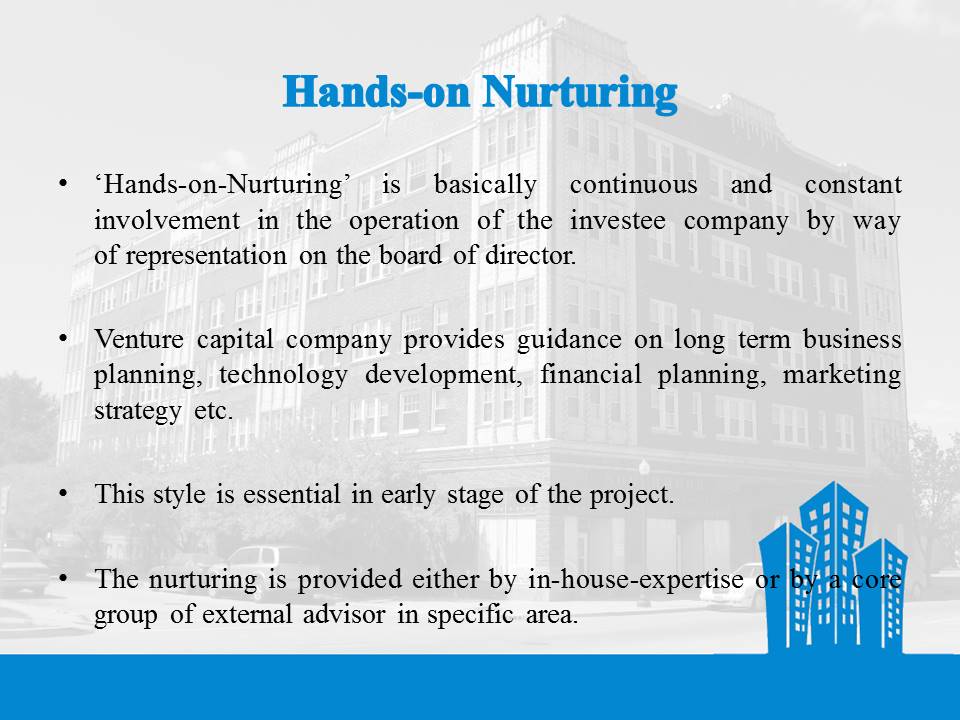
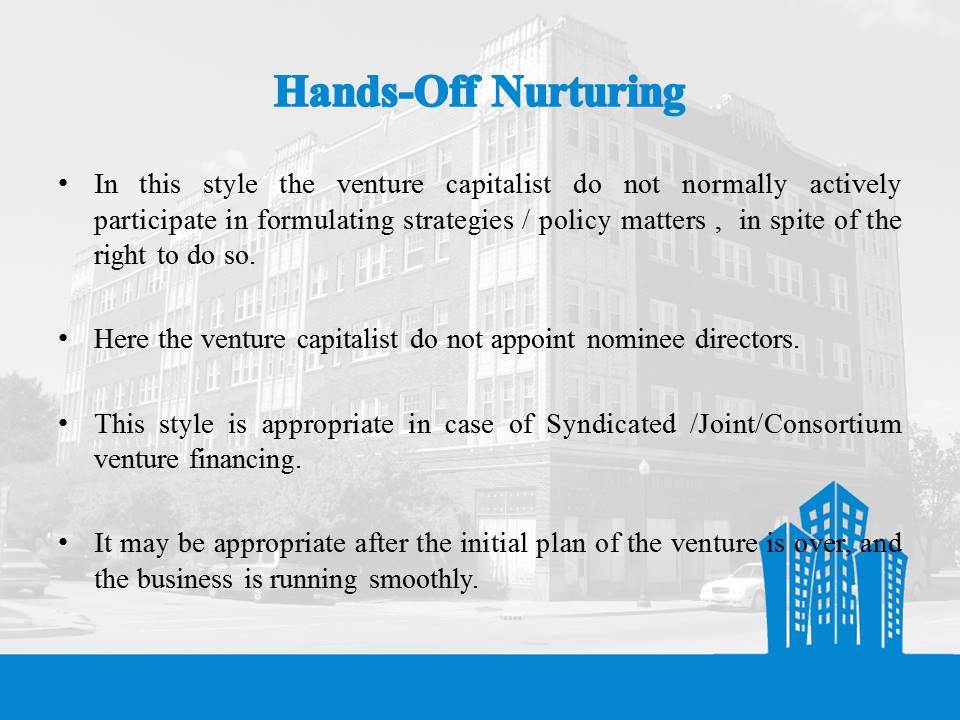
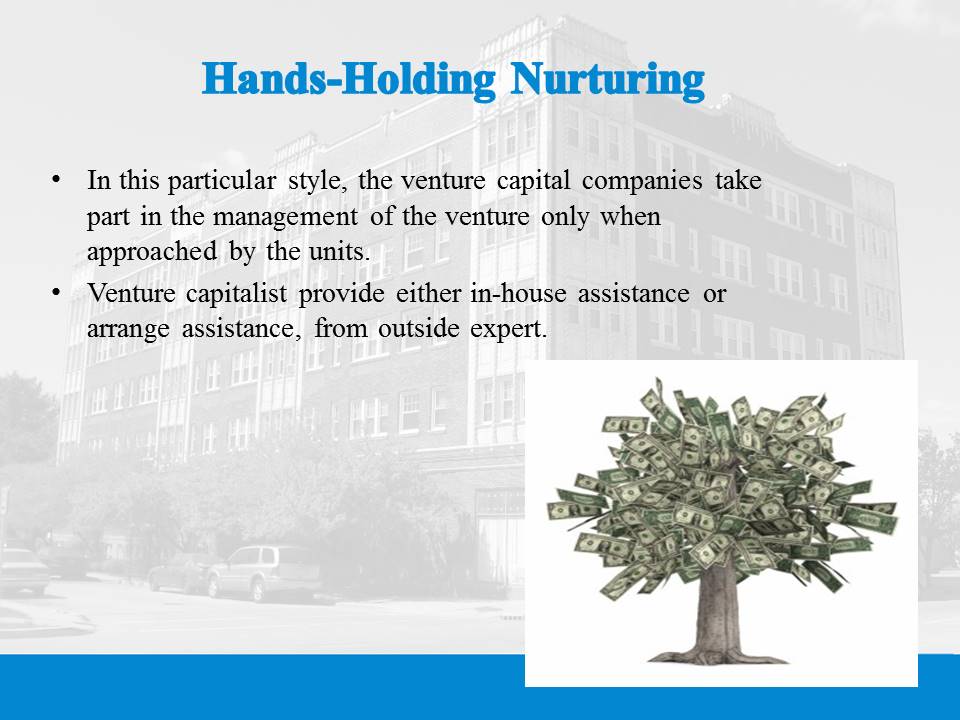


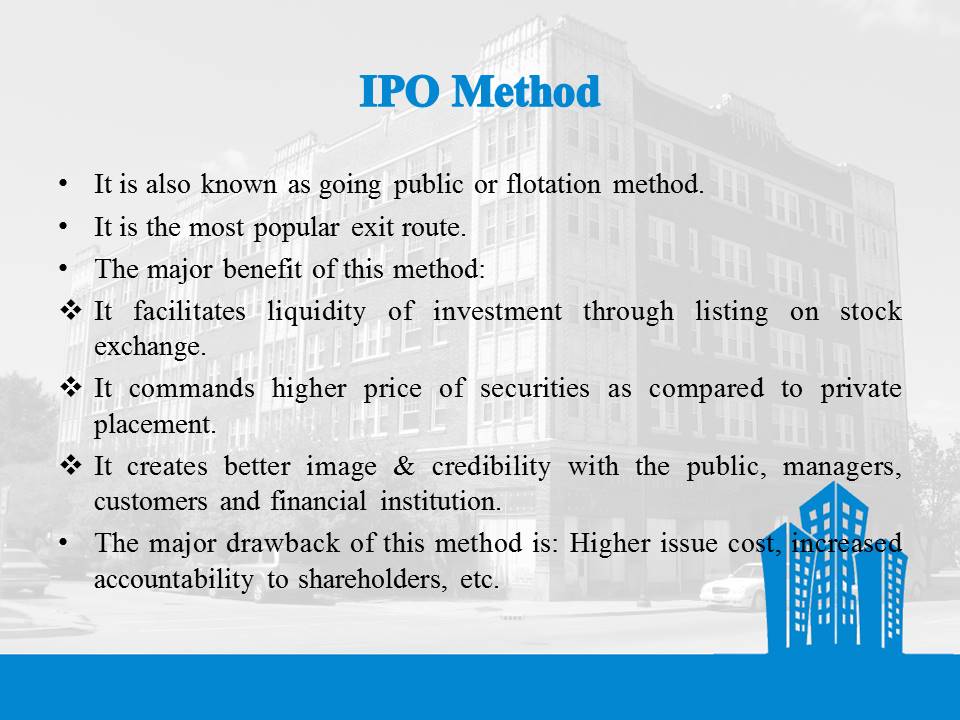
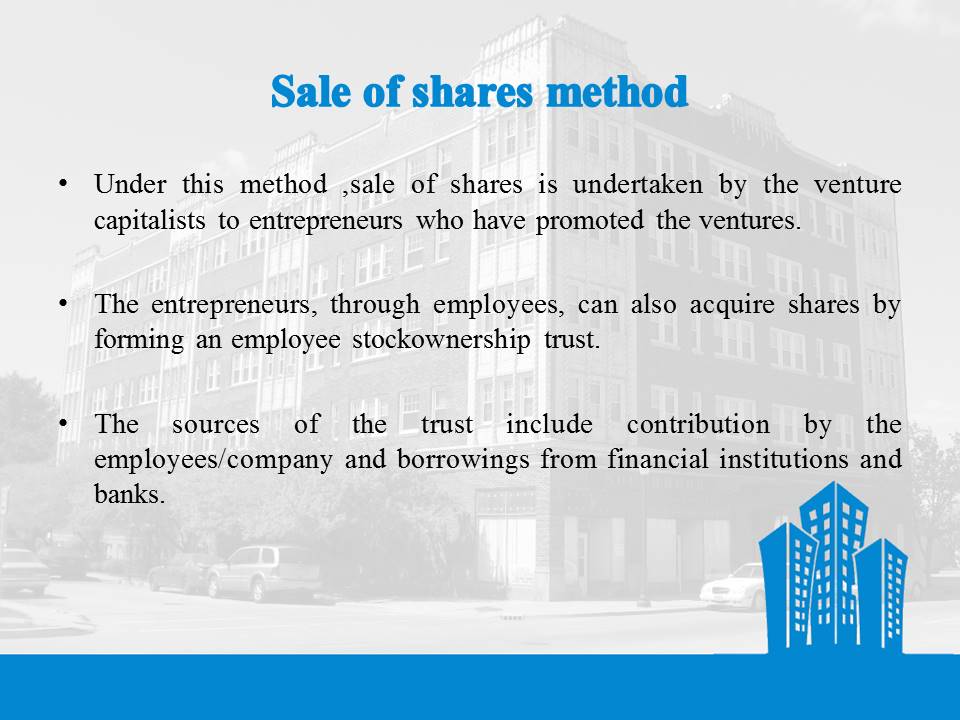


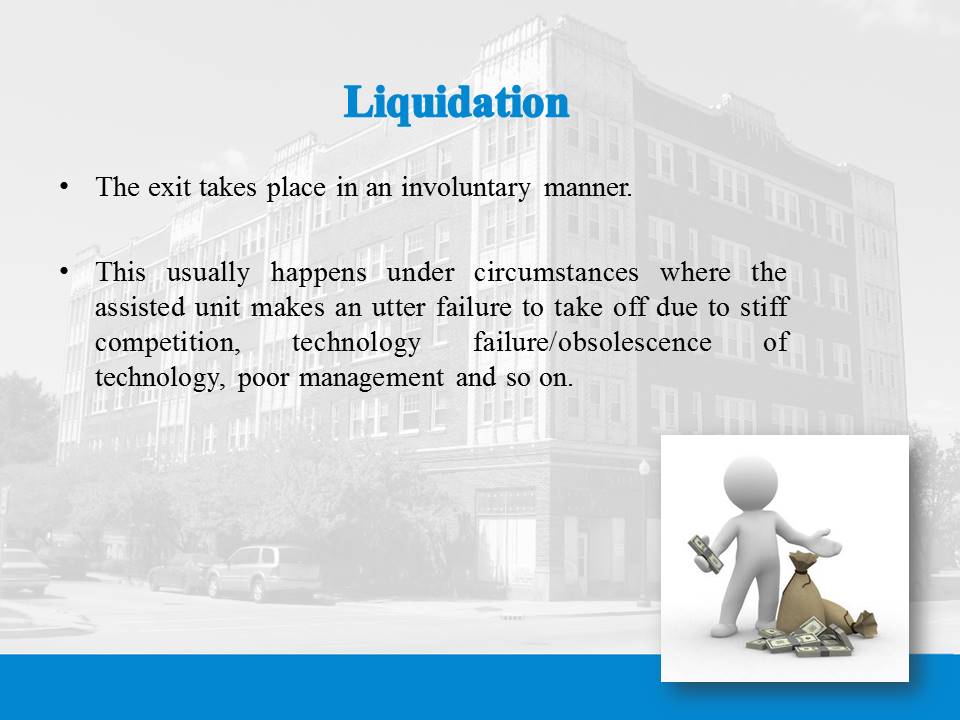

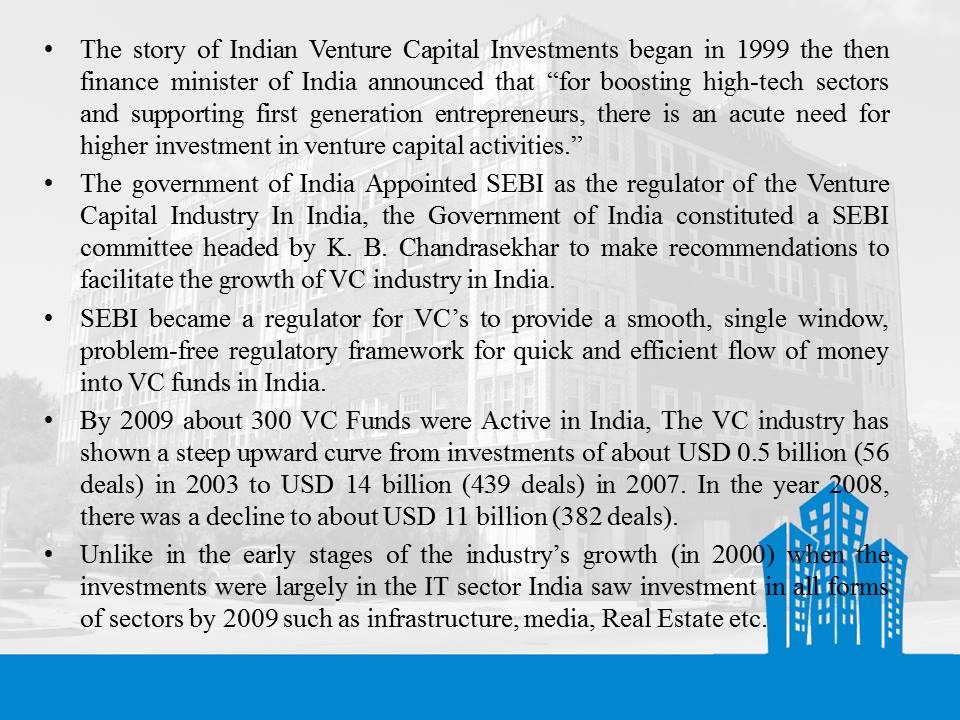
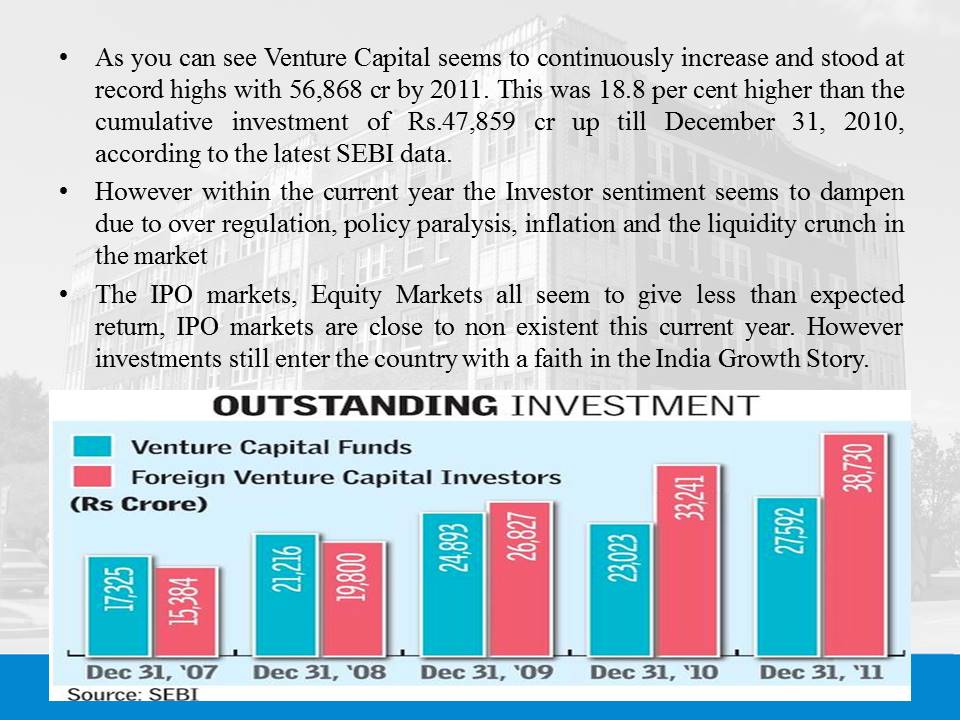

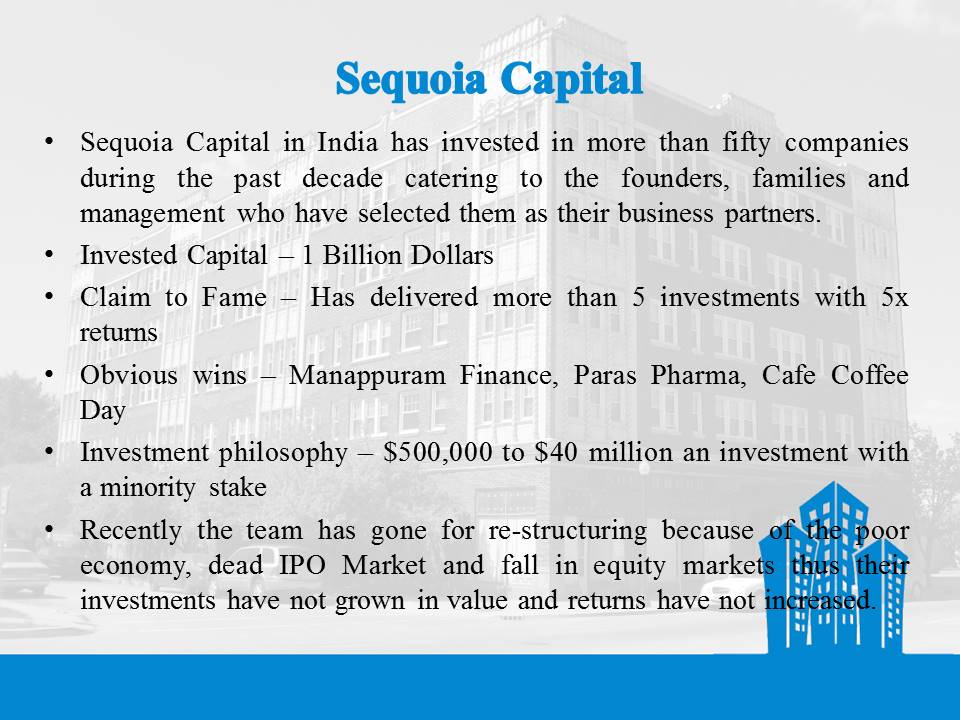
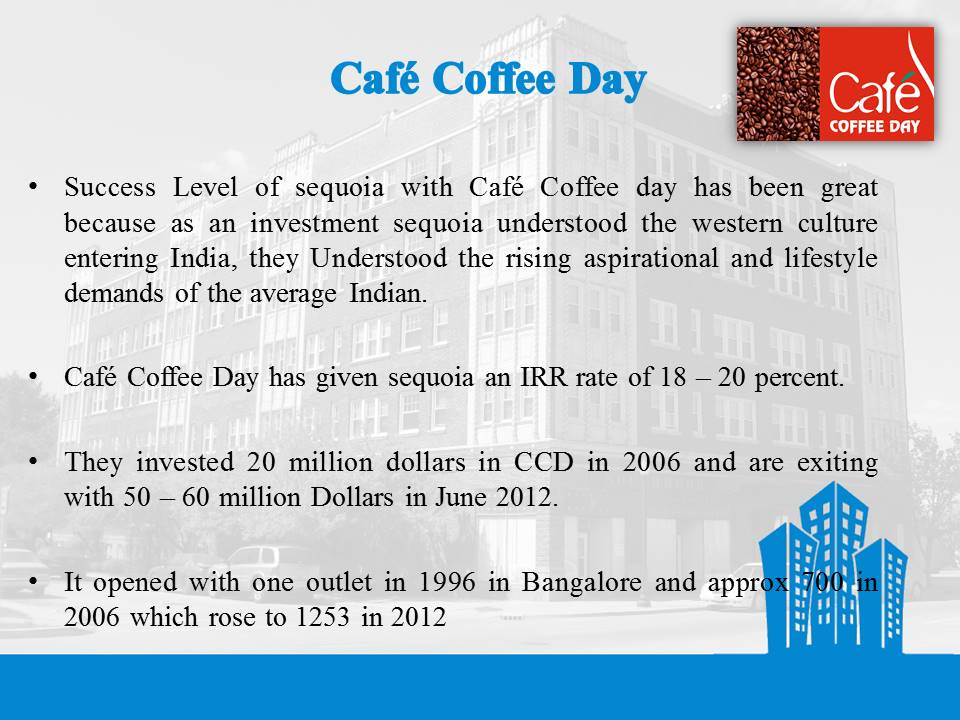

Please provide to me all notes which are concerned with enterpreneurship via my e mail
To protect our content from misuse, we do not allow users to copy or download content from our website.
However, you can always bookmark (CTRL+D) any webpage of the website for instant access or share any webpage/notes with your friends via social sharing buttons on Facebook, Twitter,Gmail and several other social networks.
Page Settings-> turn off javaScript